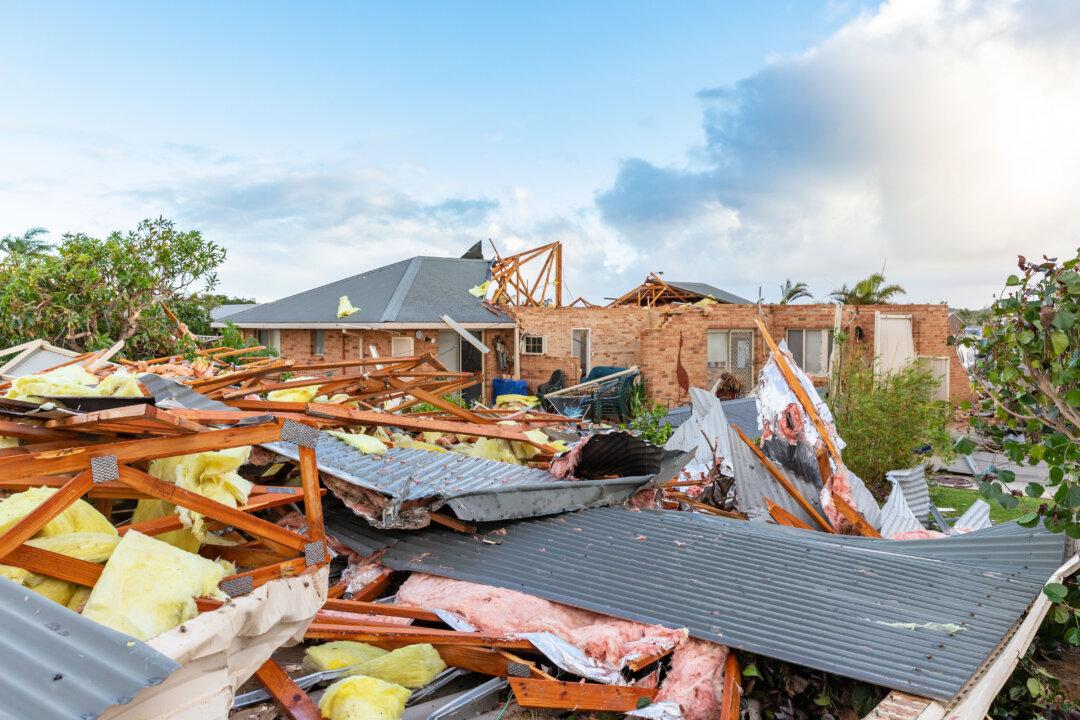An insurance affordability crisis is brewing in Australia as extreme weather and high inflation have caused premiums to soar in the past year, affecting millions of households.
The median home insurance premiums jumped by 28 percent to $1,894 (US$1,225) in the 12 months to March, according to a new analysis (pdf) from the Actuaries Institute.





